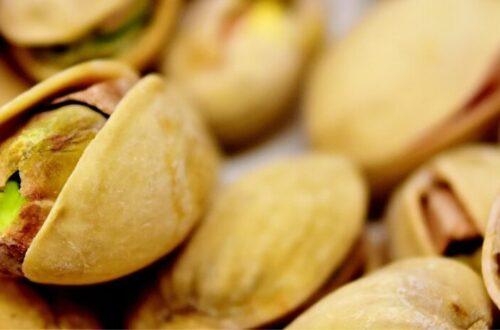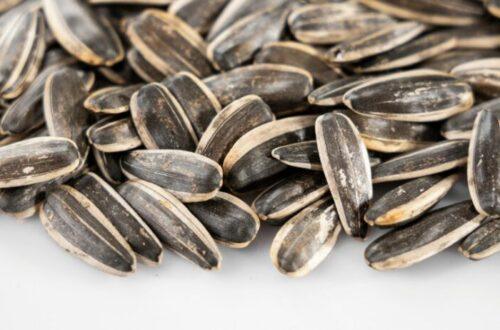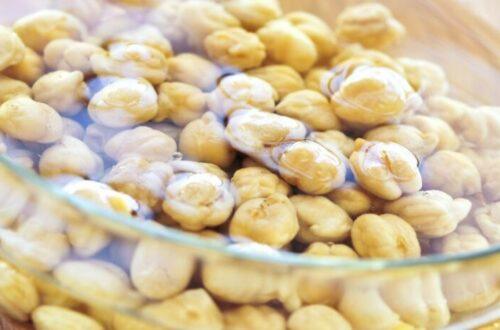
Coconut Milk Benefits: Electrolytes, Gut Support, and the Truth About Saturated Fat
Coconut Milk Is a Lot More Than Creamy
It’s easy to write coconut milk off as “just another plant milk”—too heavy, too rich, too tropical. But that’s a short-sighted pour. Fresh, homemade coconut milk is a functional, full-bodied blend that goes far beyond its creaminess.
It’s packed with naturally occurring electrolytes—think potassium, magnesium, and sodium—in ratios your cells can actually use. That’s why it’s a favorite in post-workout recovery blends, adrenal support elixirs, and gut-healing protocols.
But here’s the kicker: most store-bought coconut milks are pasteurized, watered down, and padded with gums. The power? Gone before it hits your glass.
Why Coconut Milk Belongs in Your Rotation
If you’re dealing with any of the following, it’s time to pour with purpose:
- Post-workout fatigue or muscle soreness? Coconut milk naturally restores electrolytes and supports muscle tissue repair.
- Digestive ups and downs? Its healthy fats coat the gut lining, easing irritation and helping with absorption.
- Chronic thirst or hydration struggles? The natural electrolyte balance can hydrate on a cellular level—without the spike and crash of sugary sports drinks.
- Menstrual mood swings or hormone crashes? MCTs in coconut support steady energy, and the fat content helps carry fat-soluble vitamins where they need to go.
Let’s Talk MCTs (Without the Boring Bits)
MCTs (medium-chain triglycerides) aren’t just trendy. These fats are uniquely absorbed—bypassing the usual digestive slow lane and heading straight for energy production.
What that means: fewer crashes, better focus, and more metabolic flexibility. Great for mornings, great for brain fog, and great for keeping your hunger cues stable (especially during the luteal phase, when things can feel like a test of willpower).
How to Use It Daily
Coconut milk plays well with both sweet and savory:
- Add it to post-workout smoothies with berries and hulled hemp seeds
- Simmer it gently into raw korma-style sauces or cucumber noodles
- Splash into chia pudding, turmeric blends, or functional tonics
Want to dial it in for hormonal support? Pair coconut milk with sesame or sunflower milk during the luteal phase—your hormones (and your patience) will thank you. More on that in this hormone-smart guide.
From Whole Coconut to Gut-Glow Gold
The best coconut milk starts raw and unprocessed. Use shredded coconut or the flesh of a young Thai coconut. If you’re blending, you’ll need to strain—but cold-pressing with the Nama M1 nut milk maker saves time and texture.
Not all machines can handle coconut’s natural density. The Nama M1 presses through without heating your milk, preserving those delicate fats and electrolytes.
Feeling the pull? Use Discount Code PLANTPOWER to save on the Nama nut milk maker and juicers.
Where to Next?
If you’re loving the healthy fat-forward, mineral-packed energy of coconut milk, you’ll want to read:
- Soaked or Not? The Real Deal on Soaking Nuts for Milk – to learn how prep changes everything
- Nut Milk & Mineral Absorption: What Most People Don’t Realize – coconut’s role in mineral transport is often overlooked
- How to Travel With Fresh Nut Milk (Without Losing the Glow) – and yes, coconut milk is one of the most travel-resilient options
Final Pour
Coconut milk isn’t just about taste or texture—it’s cellular support. From electrolytes that hydrate your muscles to fats that keep your gut lining strong, it’s a pour with purpose. It isn’t a backup—it’s a powerhouse.
And when you make it fresh, you skip the gums, fillers, and half-truths hiding in cartons. You get what your body actually needs—and nothing it doesn’t.
Let it be part of your rhythm.




